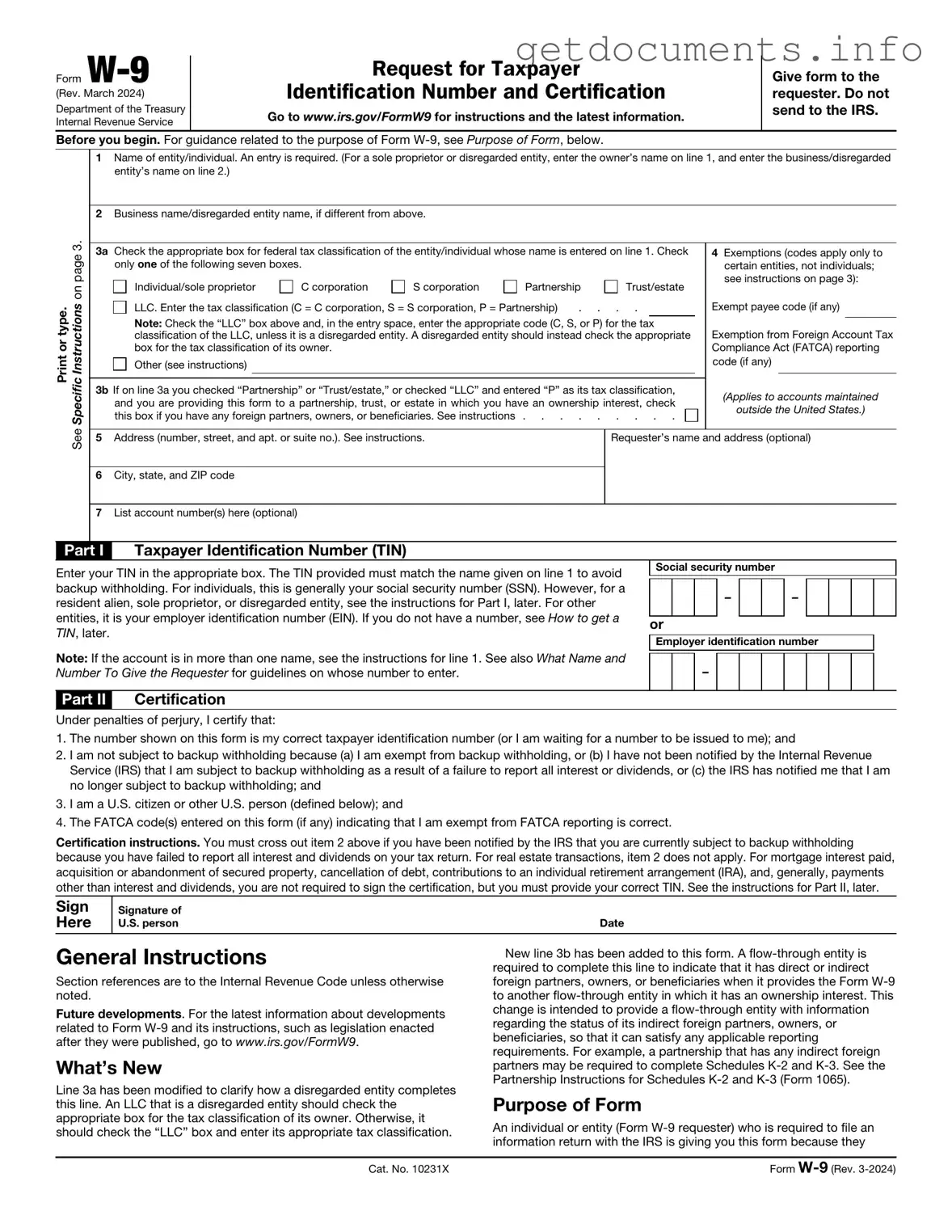The IRS W-9 form plays a crucial role in the tax reporting process for individuals and businesses alike. This form is primarily used to provide accurate taxpayer identification information to entities that are required to report certain types of income. When a person or business hires an independent contractor, for example, the W-9 form ensures that the correct Taxpayer Identification Number (TIN) is documented. This number can be a Social Security Number (SSN) or an Employer Identification Number (EIN). Furthermore, the W-9 form is essential for those who receive income that may not be subject to withholding, such as freelance work or consulting fees. By completing this form, individuals affirm their status as U.S. persons and certify that the information provided is true, which helps avoid issues with the IRS down the line. It is important to note that while the W-9 does not need to be submitted to the IRS directly, the information it contains is vital for the issuing party to prepare accurate tax forms, such as the 1099, at the end of the tax year. Understanding the purpose and proper use of the W-9 form is beneficial for anyone engaged in freelance work or business transactions, ensuring compliance with tax regulations and promoting transparency in financial dealings.
